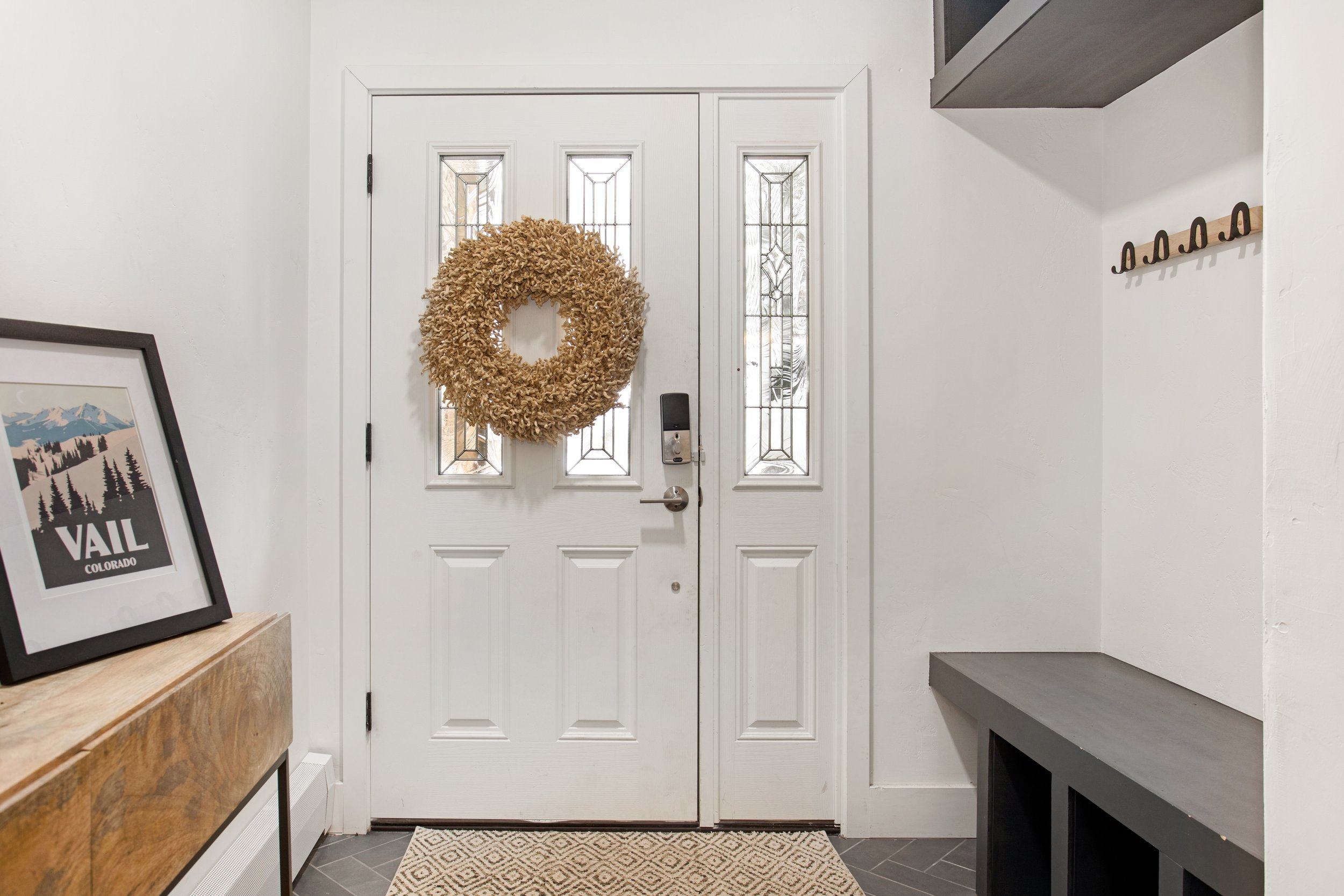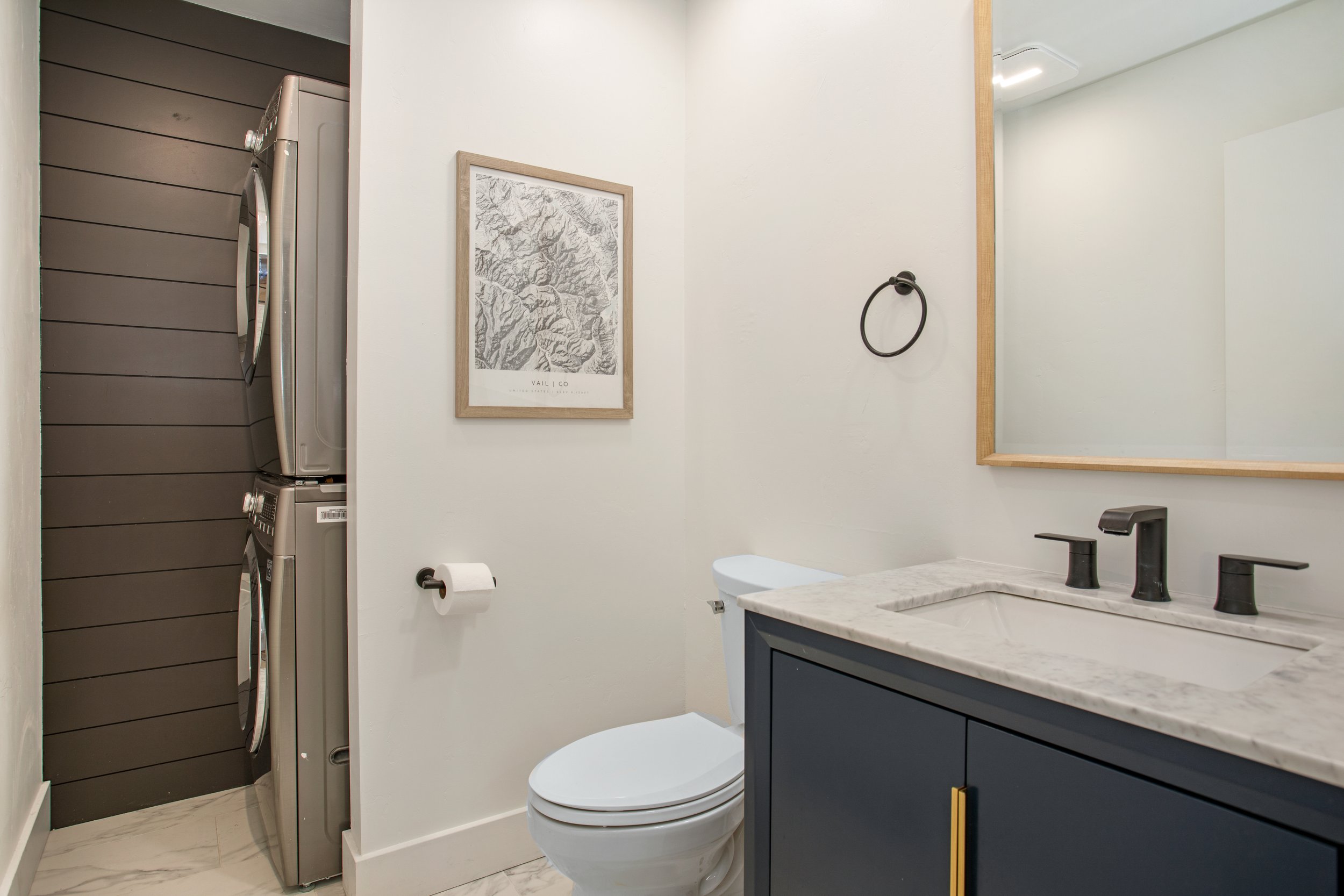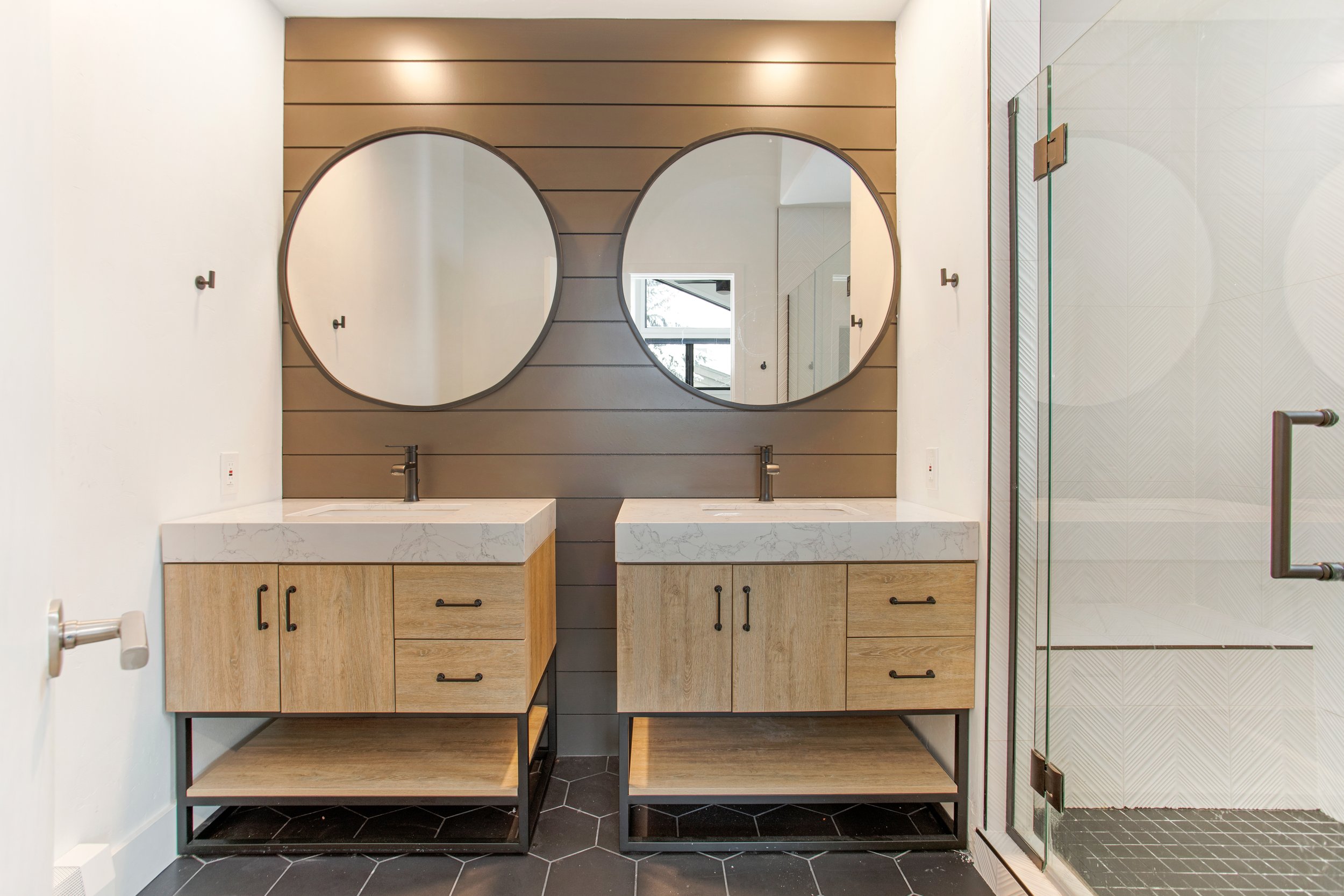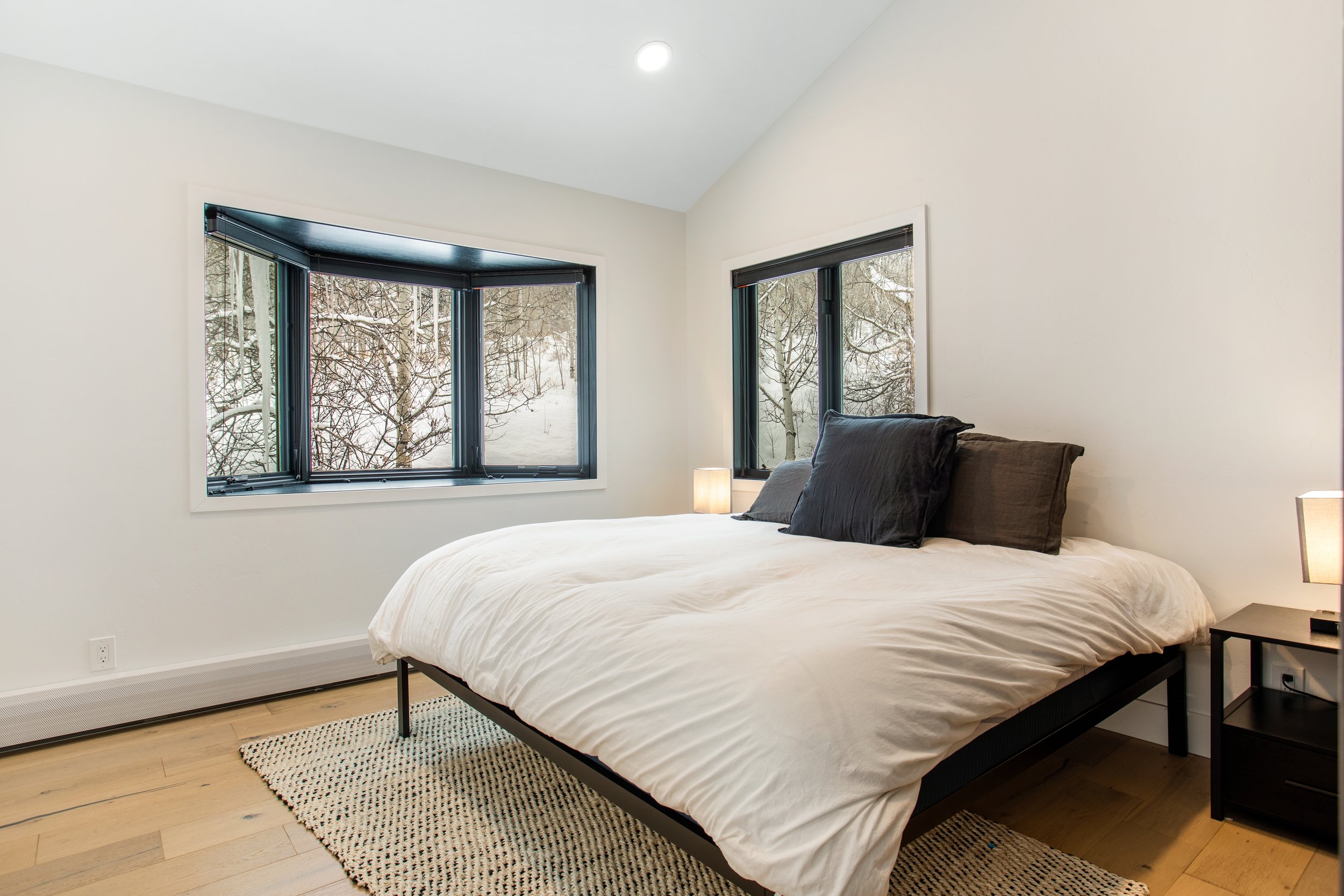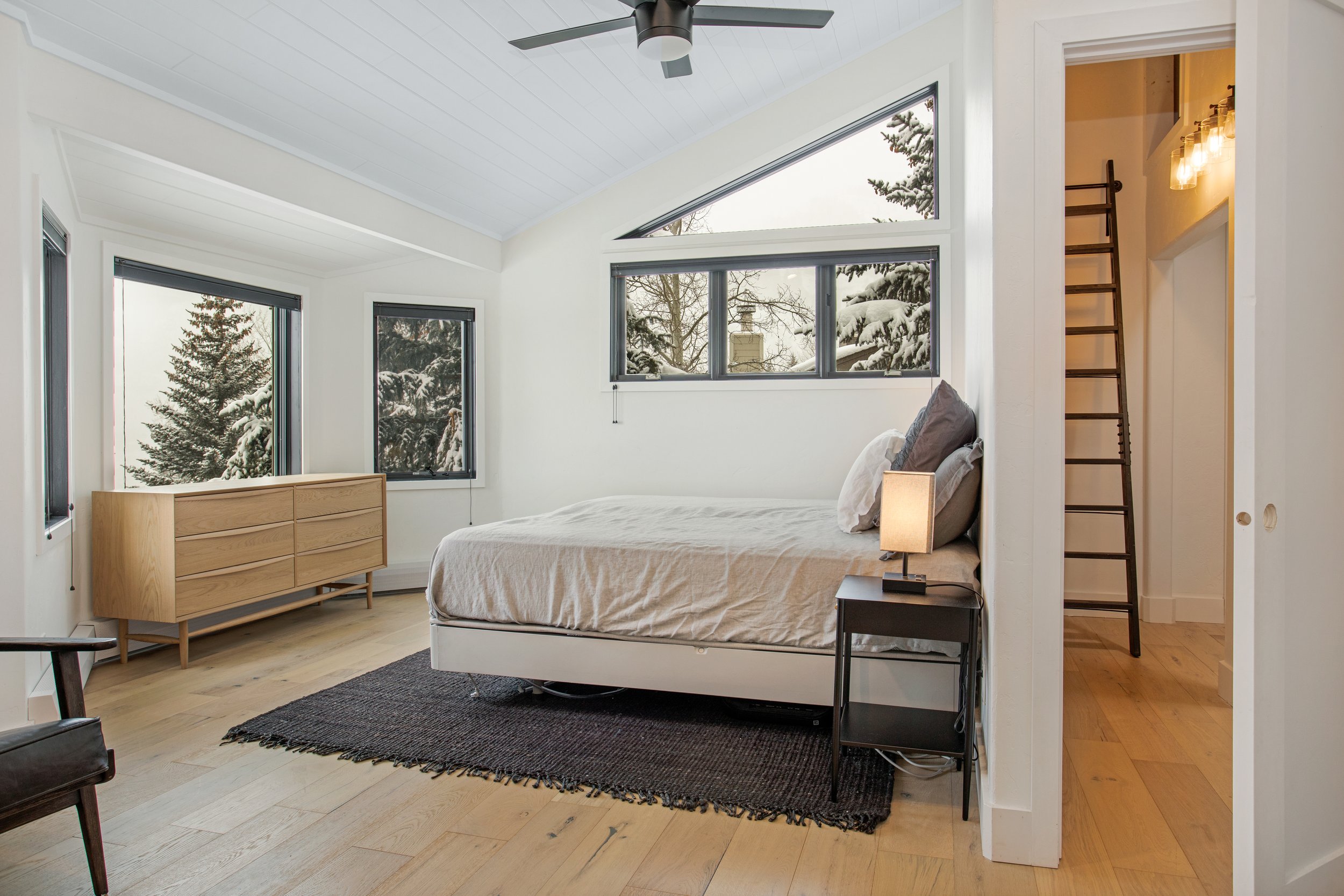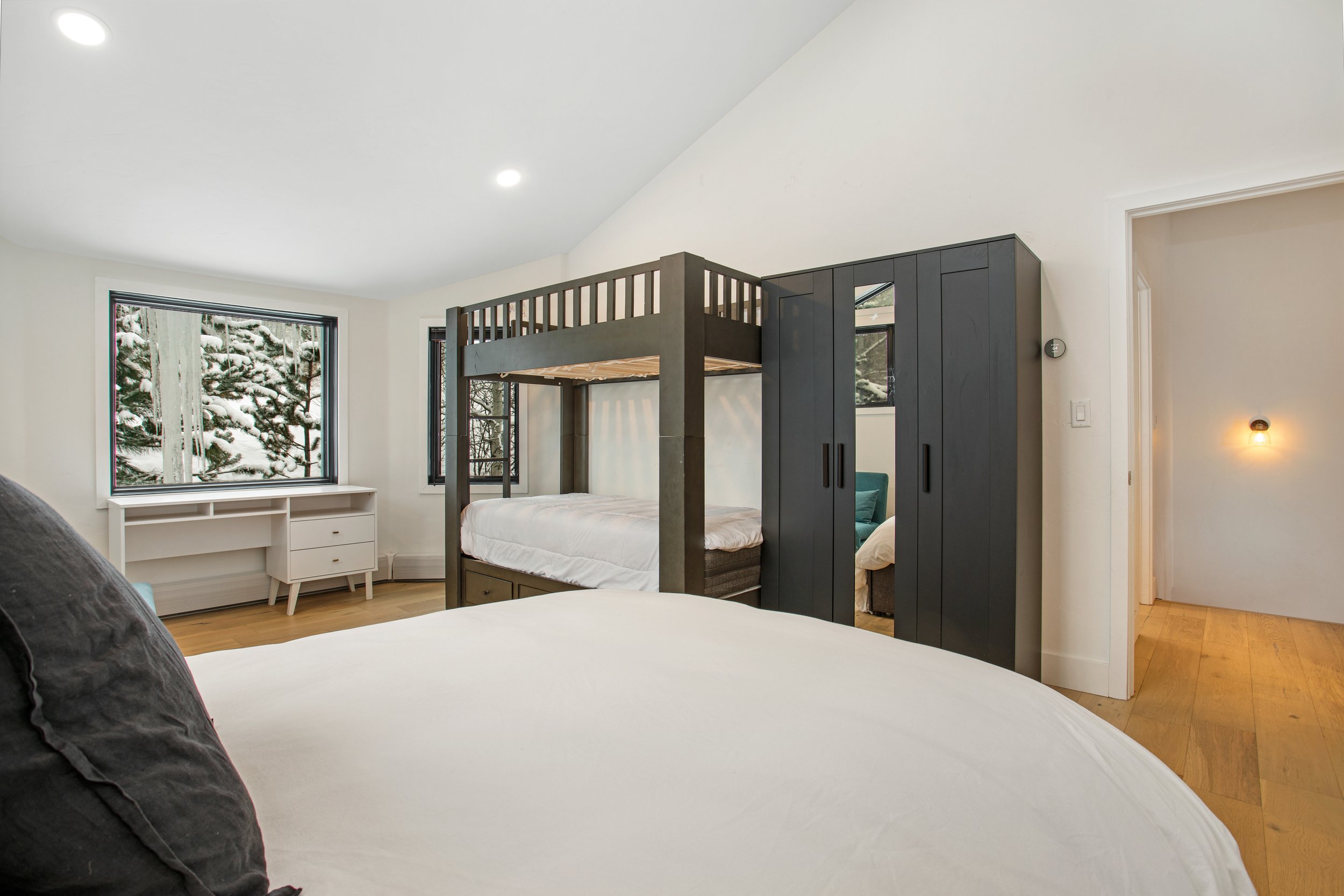When it's time to list your home on the market, it's not just about slapping a for-sale sign on your front lawn.
The process involves much more than that. To attract potential buyers and get the best possible price for your home, you need to ensure that your house is at its best, both aesthetically and functionally. Many homeowners underestimate the importance of home improvements before listing their property. But the truth is, these upgrades can significantly boost your home's market value and make it stand out in the crowded real estate market. This article discusses three major changes you should consider making before putting your home up for sale. Each of these improvements serves a dual purpose by enhancing your home's visual appeal and signaling to prospective buyers that the property has been well-maintained. Let's delve into why these changes are worth considering and how they can provide a solid return on investment.
Giving Your Roof A Much-Needed Makeover
Firstly, an old or worn-out roof can be a significant deterrent for potential buyers. It's one of the first things they notice, and it has a substantial impact on your home's curb appeal. A new roof not only enhances the aesthetic appeal of your house but also sends a strong message to buyers that the property has been well-maintained, assuaging concerns about potential leaks or structural issues. If your roof is visibly old or damaged, investing in a professionally installed roof replacement could substantially increase the marketability of your home, potentially increasing its appeal and its value.
Getting a new roof installed doesn't have to be a hassle. Start by hiring a professional roofing contractor, like Pro Restoration Plus, who can assess your current roof's condition and provide a detailed estimate. It's crucial to choose high-quality, durable materials that match your home's style. Keep in mind that while the initial cost may seem high, the long-term benefits, including increased home value and potential energy savings, make it a worthwhile investment whether you sell your home immediately or just a few years later. Be sure to schedule the roof replacement at a time that minimally disrupts your life, but also consider weather conditions, as roofing jobs require dry, moderate weather.
Kitchen Remodel: A Recipe for Increased Home Value
One of the most profitable improvements you can make to your home before selling is a kitchen remodel. Known as the heart of a home, the kitchen is where meals are prepared, family gatherings take place, and memories are made. An updated and modern kitchen can command a higher asking price because it's a key selling point for many buyers. They're attracted to newer appliances, spacious countertops, ample storage, and an overall aesthetic appeal that makes the space inviting and functional. Upgrading outdated features to modern, energy-efficient models can also lower utility costs, which is another attractive aspect for potential buyers.
Getting your kitchen remodeled, however, requires careful planning. To ensure you're making changes that will increase your home's value, do some research on current kitchen design trends. A timeless, neutral design usually appeals to the broadest range of buyers. Hiring a professional kitchen designer or contractor could also be a wise investment, as they can guide you towards choices that will offer the best return on investment. Remember to consider the overall style and design of your home to ensure the new kitchen complements it well. Lastly, plan your budget carefully. While you want your kitchen to be appealing, it's essential to not over capitalize. Aim for a balance between what you spend and the value it brings to your home.
Enhancing Curb Appeal: Invest in Landscaping
Investing in professional landscaping can significantly enhance your home's curb appeal, making it more attractive to prospective buyers. A well-maintained front yard serves as a visual treat, setting a positive first impression even before buyers step inside your home. It reflects the house's overall care and maintenance, reassuring buyers about the property's condition. Not only does a beautifully landscaped yard make your home more appealing, but it can also increase its value.
Embarking on a landscaping project requires some consideration and planning. Which areas of your yard need attention? It could be needing a manicured lawn, planting blooming flowers, adding a decorative pathway, or even installing outdoor lighting for added security and aesthetic appeal. Hiring a professional landscaper can be beneficial as they have the knowledge and expertise to transform your outdoor space into a captivating one, keeping in mind your home's architectural style and the local climate. If you're on a tight budget, consider cost-effective solutions like adding mulch to garden beds, planting perennial plants that don't require replacement each year, or installing a simple water feature. Remember, the goal is to create an inviting, well-kept outdoor space that potential buyers can envision themselves enjoying.
In conclusion, a well-maintained home sells itself. There's no underestimating the power of first impressions when it comes to selling your home. Buyers are drawn to homes that are not just well-maintained but also exude warmth, functionality, and aesthetic appeal. From giving your roof a much-needed makeover, and modernizing your kitchen, to enhancing your home's curb appeal with professional landscaping, these improve your chances of attracting serious prospective buyers and securing a desirable selling price. Remember, the objective is not just to sell your home but to sell it well. Even if the initial investment might seem substantial, don't forget that these improvements pay for themselves in the long run. After all, a well-loved home is a well-sold home. So, before you put that 'For Sale' sign up, take a good look at your abode and make the changes that will make it a hot property in the housing market.
Learn more at Rismedia.com
Related Links
If there is a home that you would like more information about, if you are considering selling a property, or if you have questions about the housing market in your neighborhood, please reach out. We’re here to help.










